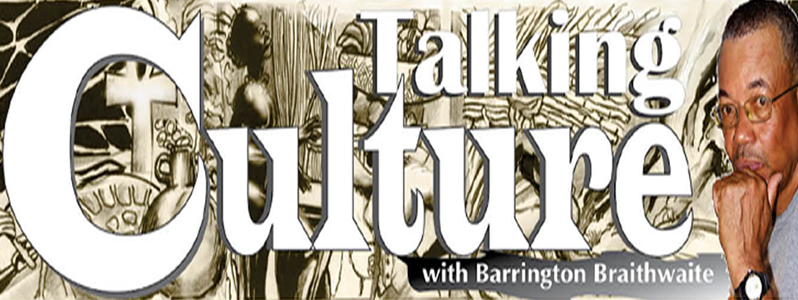–from past, present to future
THE earliest evidence of human awareness of respect for illustrators reaches into the prehistoric era. I’ve covered this before, so I’ll just indicate the archaeological timeline, and the locations for interested readers who wish to explore.
We know that the Sahara was not always a desert, but essentially a terrain of plant, animal, and human occupation common to other human-inhabited realms of Africa beyond five thousand years BC. Similar artworks were also documented in the Chauvet Cave in southeastern France. We have documented our life from the earliest awakenings through art, thus separating our species from other primates towards the quest of the symbolic, and interpreting a cosmic understanding of ‘being’.
But Mankind, from its inception, was never without the gift to improvise. We have always been engaged in the search for interpretations of the human desire to find the origins of self, and answer the simple social meaning of the environment. Ancient Man was always compelled to engage, understand and master through observations in his search for food. We have always wanted to come to terms with the reality of creating the concept of the ‘Tribe’, or being defenceless against the predators of greater strength that found Man a pleasing meal.
The walls of his dwellings became the blackboard to provide the portraits of Man’s environment, so the tribe may identify their enemies who preyed upon them, and the things that Man preyed upon. Slowly, the early Art told the story of dance, costume, and Gods and acquired concepts of astronomy and the seasons. All this, no doubt, over millennia.
As far as we understand, Art became the pretext of religion; the medium of religious definitions and sacred iconography. Outside of the dispositions of Mother Nature, Mankind had become aware and creative beings capable of architecture, designing weapons and tools to master the seasons and agriculture. All this was executed and recorded with Art.
 MANIFESTATIONS OF EGOMANIA
MANIFESTATIONS OF EGOMANIA
Man is a dynamic creature, and as priests and kings emerged, so did the manifestations of egomania and the twisted inner nature of deception. Towards the aims of this craft, Art was employed as what we now address as ‘propaganda’. This did not begin in the 1800s, but in the Ancient World, with the murals and frescos that depicted victories by kings that never happened. There were works that depicted the sacredness of leaders that were represented in the welcoming presence of Gods to exalt their legitimacy. But its greatest impact has been against nations that have failed to tell their stories, and have had them reconceptualised and retold by others.
The Age of Colonisation is the most effective area of study for any serious graphic illustrator. One of the facts to bear in mind is that most of the propaganda from the 1800s to 1990s came from commercial companies that had to deal with populations that were bigots across several planes, thus, income was at play. To take into consideration our own late Rudy Seymour, who, when I asked him why he had identified ‘Big Mama’ as Satan in his comics back then, replied that in colonial Guyana, anything that competed and contradicted the Churches in his field “was not good for business”. I was not amazed by his response; we were a colony back then. I came to understand what that meant later when I matured as a writer/illustrator, and had my own experiences in an independent Guyana a generation later.
I had or obtained a propaganda comic book as a child that some political party gave out at the time. It featured the ills of Communism. It wasn’t mine, but its comic book layout attracted me. I was about seven years old, and didn’t understand much of it. When the Russians were here, a lifetime later, I had read about the Battle of Stalingrad, and I approached one of their embassy people who came to the Chronicle regularly. I’d harboured the idea of doing a graphic edition on that struggle, but he said that it was too sacred to be in a comic book. I recognised that he had no idea of the effects of that area of ‘psychological operations’, and I dropped the issue and took my business elsewhere into my local world.
I have a script on WWII and its impact on the old colonial world. It’s a script that Denis Williams had advised me to take the next 20 years before attempting its development, because all that I then knew were skits from Hollywood. He’s gone now, but he was damn right.



.jpg)









